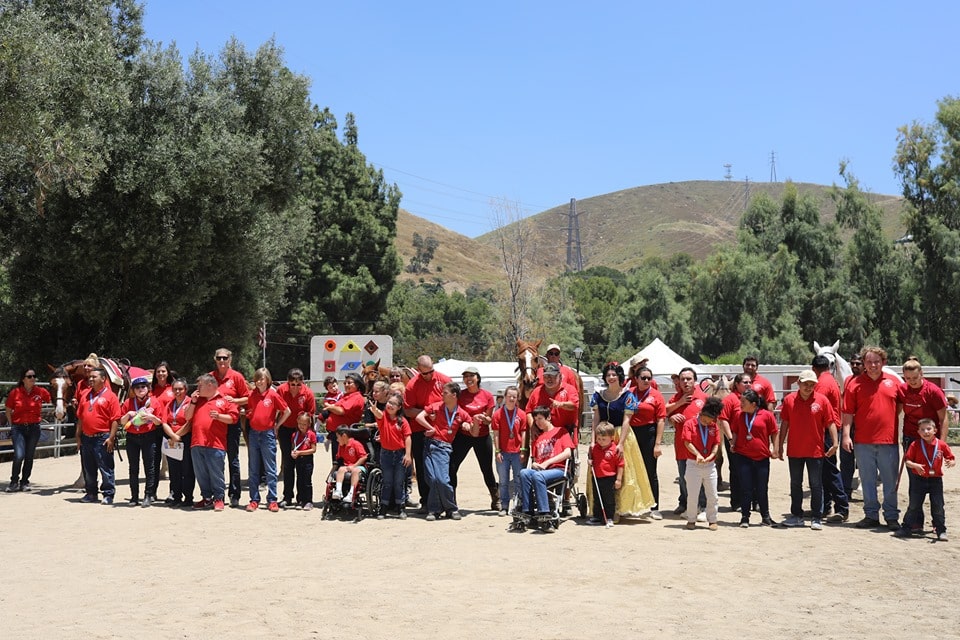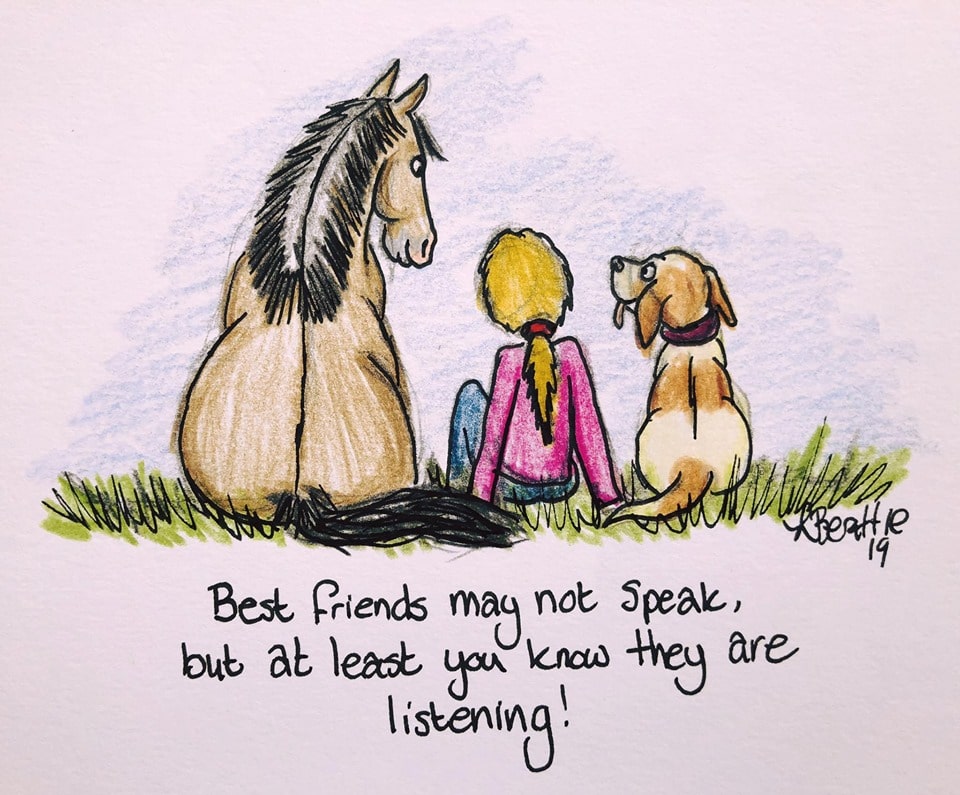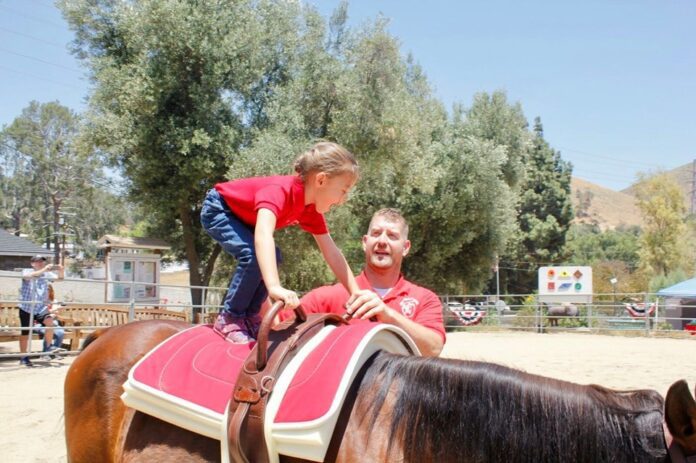In the past two decades, an overriding concern for educators, public health experts and policymakers has been the steadily rising number of children with special needs. According to estimates by the Centers for Disease Control and Prevention (CDC), one in seven children is affected by some form of disability, which places a severe strain on public resources and takes a heavy toll on families — both from an emotional and financial perspective.
In recent years, some of the attention has shifted to alternative solutions, and equine-assisted therapy (EAT) is proving to be especially effective for children with special needs, explains Alexa Rostovksy, a student at the Harvard-Westlake School in Los Angeles, California. She has witnessed the benefits first-hand through her involvement with Ahead With Horses, a nonprofit organization helping children with disabilities maximize their potential through developmental therapy, education and recreation.

In EAT, individuals interact with horses and therapeutic riding instructors to acquire communication, socialization, motor control and sensory processing skills. Through a series of exercises, children with severe disabilities apply traditionally practiced methods while engaging with the animals and performing tasks in motion on horseback. This provides a multi-dimensional challenge in an environment outside of their familiar one. “It is incredible to witness a little boy go from barely standing up by himself to being on top of a moving horse with a wide smile on his face. I have met many parents who tell me the therapy has transformed their child’s life,” says Alexa Rostovsky who works with kids who have disabilities or behavioral issues or come from troubled backgrounds. With support from volunteers like her, they meet and bond with their assigned horse, climbing atop it and learning to ride. The activity has been shown to build core strength as well as help children gain self-esteem, discipline and empathy while also experiencing joy.
EAT is often used in treating a wide spectrum of conditions, among them substance abuse, behavioral disorders, learning difficulties, ADD/ADHD, autism, Asperger’s, grief, loss, trauma, bipolar disorders and depression. “Horses have no preconceived expectations or motives, and they are non-judgmental, highly intelligent and exceedingly perceptive, so they connect with people in a completely new way,” Alexa Rostovsky points out, adding, “This is different from anything these children have experienced at school. It is not about discipline or grading but about facing something entirely foreign and reaching their own milestones. Witnessing the confidence and pride that comes with accomplishing something so new to them is exceptionally rewarding.”







